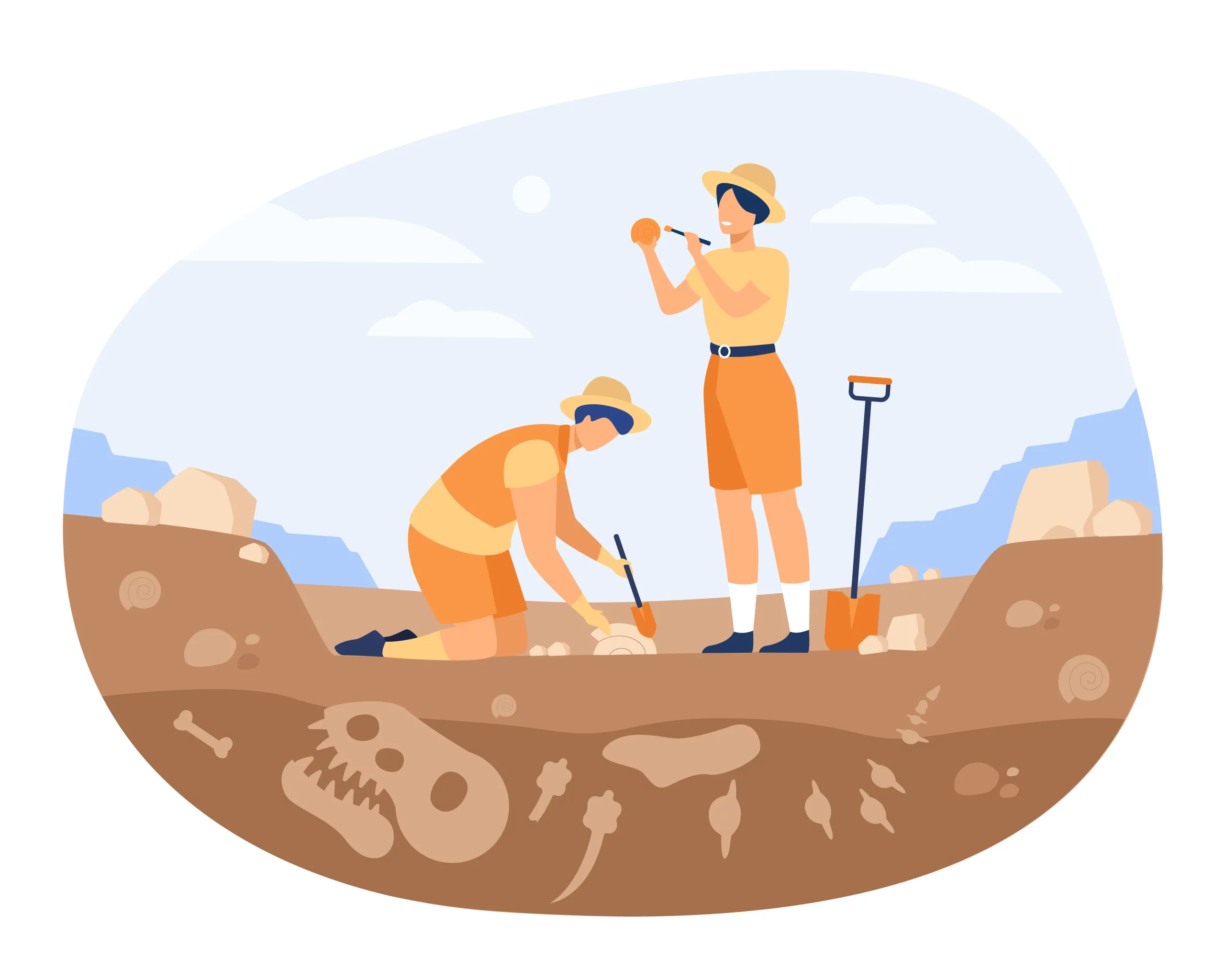DOI: 10.7554/eLife.45644
Introduction
The crafting of ornaments from mollusc shells stands as a testament to the ingenuity and resourcefulness of prehistoric humans. These ornaments offer valuable insights into the social practices and environmental interactions of past civilizations. However, identifying the biological origins of these prehistoric mollusc shells poses a significant challenge, particularly when dealing with small, highly-worked, or degraded specimens. In a revolutionary study, published in eLife (Sakalauskaite et al., 2019), researchers have demonstrated the power of ‘palaeoshellomics’: the first application of palaeoproteomics to mollusc shells, cracking open a treasure chest of information on prehistoric craft and trade.
Palaeoshellomics: A New Window into the Past
Sakalauskaite and colleagues combined microstructural, geochemical, and biomolecular analyses to conduct a thorough investigation of archaeological ornaments. This innovative technique they termed ‘palaeoshellomics’ involved analyzing the proteins preserved within the shells to determine their biological origins. The study’s findings, based on ornaments dating from 4200 to 3800 BCE, reveal that prehistoric craftspeople consistently used locally-sourced freshwater mother-of-pearl, commonly known as nacre, to create standardized ‘double-buttons’. This finding suggests a sophisticated level of craftsmanship and a profound understanding of the local biogeosphere, as well as the existence of widespread cross-cultural traditions.
Significance of Freshwater Mother-of-Pearl in Prehistory
Freshwater mother-of-pearl, derived from the inner layer of mollusc shells, has been a material of choice for prehistoric artisans due to its lustrous and iridescent quality. The study’s authors highlighted the extensive use of this material for ornament design, pointing toward a cultural predilection for locally available resources and possibly a shared aesthetic value. Additionally, this serves as an indicator of the socio-economic and cultural interactions between different prehistoric communities, while also providing evidence for complex, patterned networks of ancient craftsmanship and trade.
Origins and Spread of Ornaments across Europe
The standardized manufacture of double-button ornaments throughout Europe hints at a shared knowledge and possible trade routes that facilitated the spread of this specific craft. The analysis of these nacreous ornaments through ‘palaeoshellomics’ has thus provided researchers with previously unavailable data, evidencing the mobility of both raw materials and finished products across considerable distances during prehistory.
Historical and Cross-Cultural Context
The uniformity in the choice of the freshwater mother-of-pearl for ornament crafting signifies a remarkable historical continuity upheld over several centuries. This also suggests that certain prehistoric traditions were remarkably resilient and could spread across diverse cultural landscapes. The findings add considerable depth to our understanding of cultural expressions in prehistoric Europe, especially in light of the considerable environmental and temporal spans involved.
Conclusion and Future Implications
The innovations promised by ‘palaeoshellomics’ represent a new chapter in archaeological science, merging the fields of biochemistry, evolutionary biology, and archaeology. This methodological breakthrough permits the study of molecular fossils – the preserved proteins – providing a biological breadcrumb trail leading back to the origins of the mollusc shells used for crafting ornaments.
With the doors swung open to this new form of analysis, the possibilities for uncovering the secrets of prehistoric human society, their relationship with the environment, and their intricate artworks have been exponentially broadened. As we continue to harness the power of ‘palaeoshellomics’, our understanding of ancient civilizations’ resource use, trade networks, and cultural spread will sharpen, layer by layer, just like the nacre they prized.
Keywords
1. Palaeoshellomics
2. Prehistoric ornaments
3. Freshwater mother-of-pearl
4. Archaeological science
5. Ancient mollusc shells
References
1. Sakalauskaite, J. et al. Elife ‘Palaeoshellomics’ reveals the use of freshwater mother-of-pearl in prehistory. e45644 DOI: 10.7554/eLife.45644
2. Alarashi, H., Ortiz, A., Molist, M. Quaternary International. (2018). Sea shells on the riverside: cowrie ornaments from the PPNB site of tell halula (Euphrates, northern Syria). DOI: 10.1016/j.quaint.2018.05.004
3. Andersen, S.H. ‘Køkkenmøddinger’ (Shell Middens) in Denmark: A Survey. Proceedings of the Prehistoric Society. (2000). DOI: 10.1017/S0079497X00001857
4. Bar-Yosef Mayer, D.E. Shell ornaments and artifacts in neolithic Cyprus and correlations with other Mediterranean regions. Quaternary International. (2018). DOI: 10.1016/j.quaint.2017.06.034
5. Demarchi, B. et al. An integrated approach to the taxonomic identification of prehistoric shell ornaments. PLOS ONE. (2014). DOI: 10.1371/journal.pone.0099839
